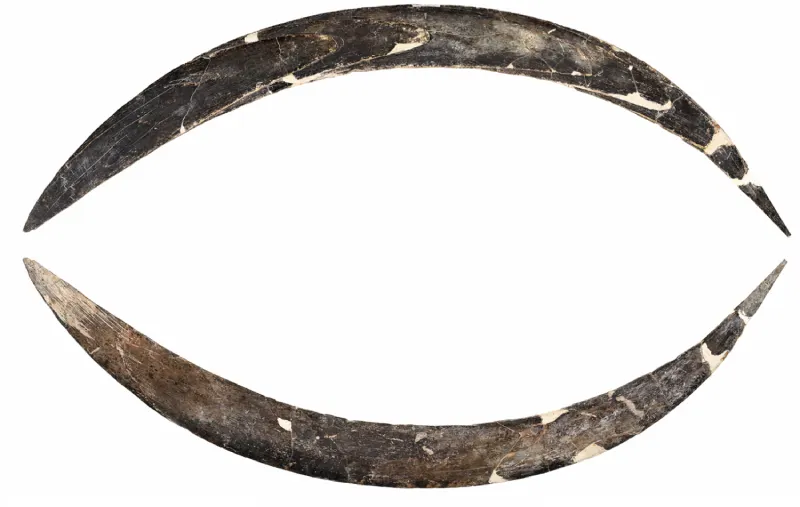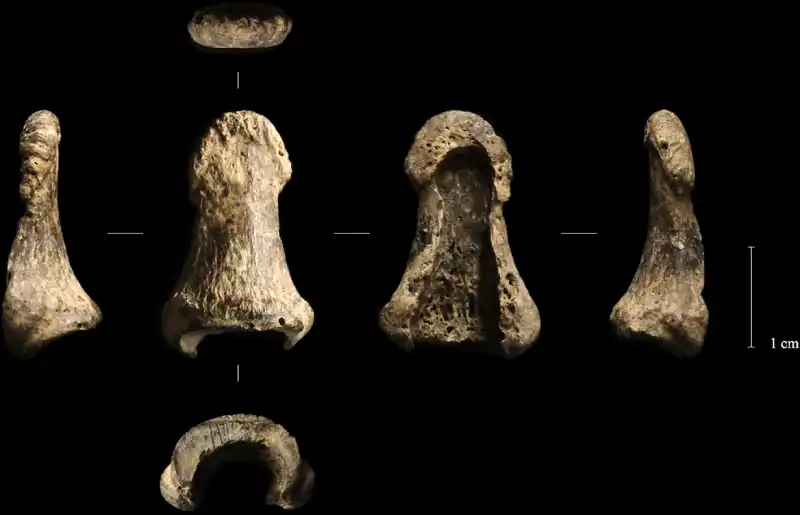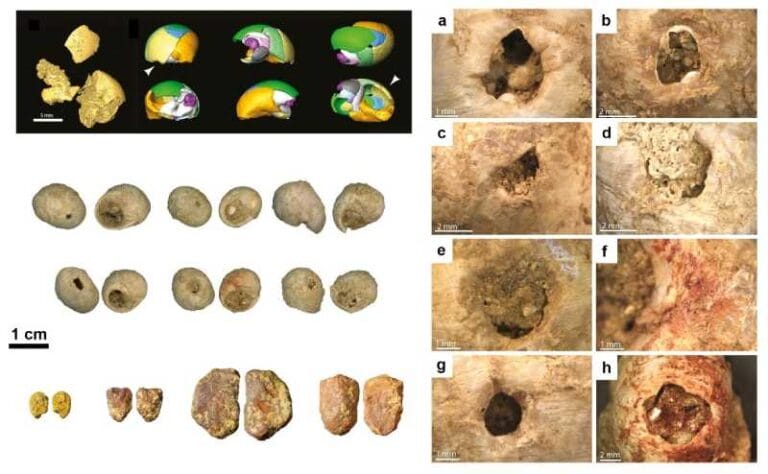Ivory boomerang over 40,000 years old discovered in Poland

An ancient curved object made of mammoth ivory, resembling a boomerang, is shedding new light on the lives of early Homo sapiens in Central Europe. It was discovered in Layer VIII of the Obłazowa Cave, in southern Poland, and may be among the oldest specimens of its kind ever found on the continent—or even in the world.
According to a study published in the journal PLOS ONE, human occupation of this layer occurred between 42,000 and 38,000 years ago. Since the boomerang was found alongside other items from the same layer, the authors believe it belongs to that same period.
The object measures about 72 centimeters in length and was carved from a mammoth tusk. It shows clear signs of polishing, marks made by stone tools, and even traces of red pigment. Its shape resembles Australian boomerangs, but analyses indicate it is a non-returning model—that is, it functioned more as a throwing weapon than as a toy or ceremonial instrument.
Furthermore, the tip of the boomerang shows marks that may have improved grip. According to the researchers, the piece appears to have been made for right-handed use.
Although it was not possible to directly date the ivory—due to contamination caused by modern preservatives—the bones found in the same area were analyzed using advanced radiocarbon dating and statistical modeling methods.
Next to the boomerang, archaeologists found a Homo sapiens finger bone (phalange), as well as beads made from Arctic fox teeth, a perforated shell from the genus Conus, and other small artifacts. The study indicates these items were close to each other and were probably deposited there intentionally.

The human phalanx was analyzed using DNA techniques and 3D anatomical comparisons. The results confirmed that it belongs to a modern human, with a more delicate shape than the typical bones of Neanderthals.

The presence of this bone, along with artifacts of symbolic value, led the authors to consider the hypothesis that the site was used for ceremonial purposes. Although this interpretation is not definitive, it is supported by the discovery of a circular stone structure in the center of the cave—apparently built with blocks transported from a nearby river—and an excavation near the entrance, which may have facilitated access to the interior.
Obłazowa Cave is located between the Western Carpathian Mountains and the Podhale plain. It is the only known site in the region with traces from the Upper Paleolithic period. Excavations have revealed a sequence of archaeological layers with human occupations ranging from Neanderthals to the first Homo sapiens.
In Layer VIII, the objects found are few but extremely well preserved. Besides the boomerang and personal items, stone tools made from local materials as well as imports from regions such as present-day Ukraine and northern Poland were identified, indicating contact with other groups.
Chemical analyses of animal bones found at the same level revealed remains of reindeer, horses, musk oxen, and even wolves. The data indicate a meat-based diet, possibly including freshwater fish.
Interestingly, some animals appeared to have come from different regions, suggesting that the human groups of the time occupied large territories or maintained relationships with other hunting groups. The high nitrogen level found in the human bone may support this hypothesis and also indicate the consumption of meat or fish with a high protein content.






